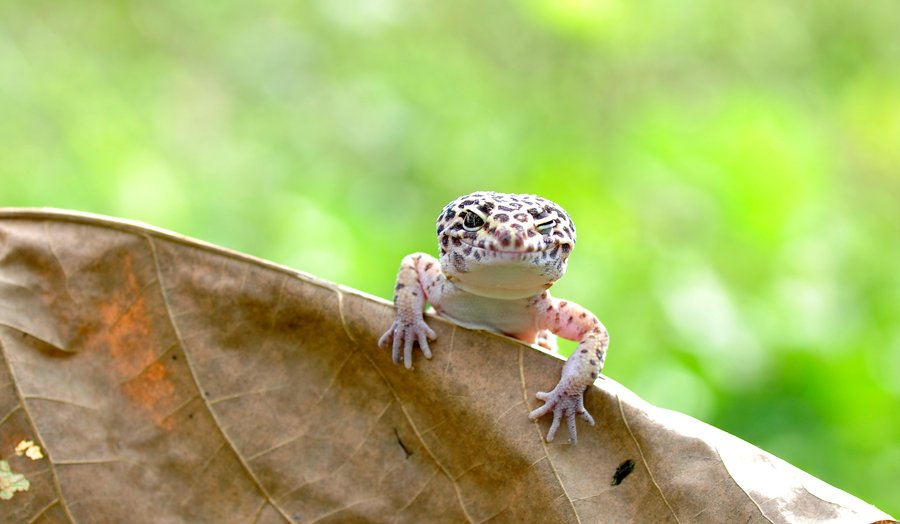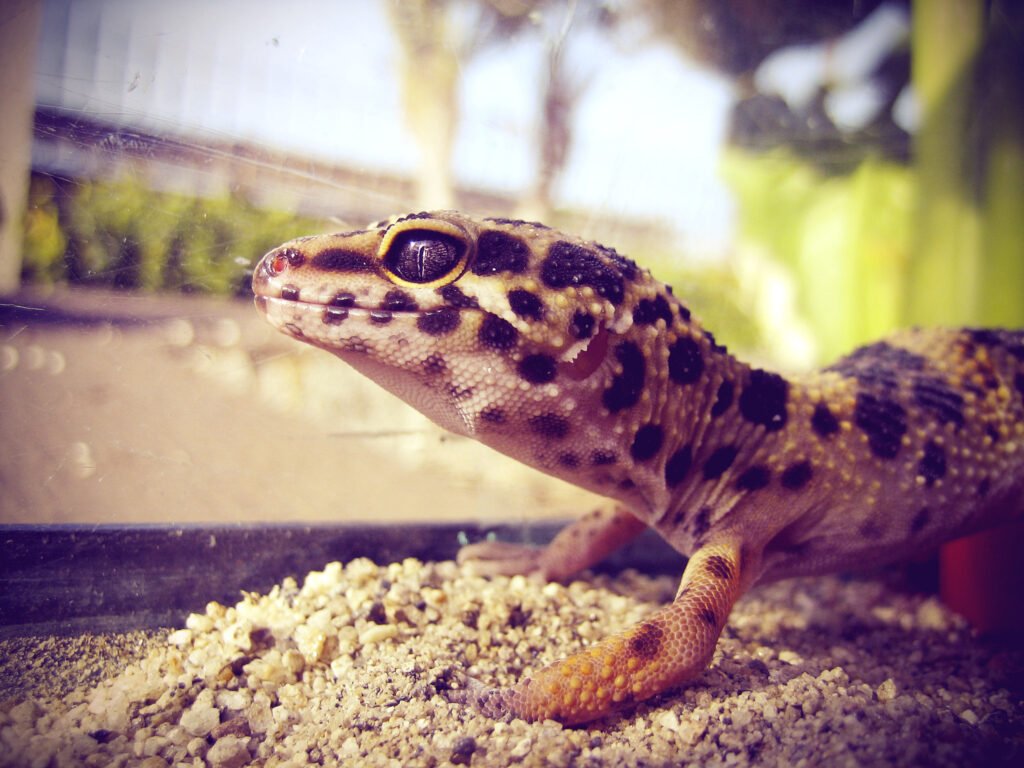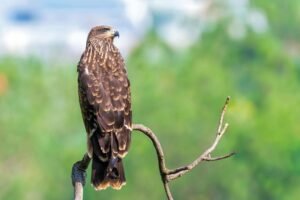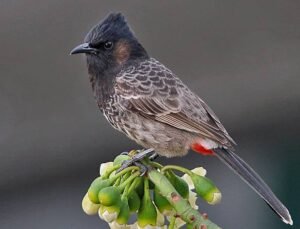All Information About Leopard Gecko
Introduction
Leopard geckos are one of the most popular and intriguing reptiles in the world. Known for their distinctive spotted appearance reminiscent of a leopard’s markings, these small lizards are native to southern Asia. They have become beloved pets due to their manageable size, gentle nature, and ease of care. This article provides a detailed look at the leopard gecko, covering its physical traits, natural habitat, diet, unique behaviors, reproduction, relationship with humans, conservation status, and interesting facts. The information presented is designed for global readers, including people from India, Nepal, Bangladesh, Pakistan, China, and Spanish-speaking countries, presented in simple, clear English to aid translation.

Physical Description
Leopard geckos have a distinctive look characterized by their cream to olive-yellow skin with black spots or stripes that create a leopard-like pattern. They measure about 7 to 11 inches (18 to 28 cm) in length. Unlike many other gecko species, leopard geckos have movable eyelids, helping protect their eyes from dust and debris. Their toes have small claws instead of sticky pads, making them unable to climb smooth surfaces but ideal for gripping rocky terrain. Their thick skin offers protection against harsh sandy and rocky environments.
A remarkable trait is their segmented tail, which they can detach when threatened by predators. The tail will regenerate but usually becomes shorter and thicker. Leopard geckos also have excellent vision compared to other lizards, seeing almost as well as cats, which helps them hunt efficiently in low light.
Habitat and Distribution
Leopard geckos are native to rocky, dry grasslands and desert regions in southern Asia. Their range includes Afghanistan, Pakistan, northwestern India, western Nepal, parts of Iran, and Iraq. These areas are typically arid or semi-arid with sparse vegetation and clay or sandy soils. Leopard geckos favor rocky and rugged landscapes where they can hide in crevices, under rocks, or in burrows during the hottest parts of the day.
They avoid pure sandy areas and are also found sheltering under loose tree bark in arid forests. In winter, when temperatures drop below 10°C (50°F), leopard geckos enter a state of low activity called brumation, similar to hibernation, relying on fat reserves.
Diet and Hunting
Leopard geckos are insectivores, primarily eating a variety of live insects like crickets, mealworms, waxworms, and grasshoppers. In the wild, they may also consume scorpions, spiders, beetles, and occasionally small vertebrates such as mice pups or smaller reptiles. Their hunting style involves quick bursts of movement and precise bites.
In captivity, it is essential to provide live, gut-loaded insects for balanced nutrition, along with fresh water. Leopard geckos can eat their shed skin, which provides protein and helps avoid predators detecting their presence.
Behavior and Adaptations
Leopard geckos are mainly nocturnal and crepuscular, most active at dawn and dusk when temperatures are cooler. During the day, they hide in shaded or underground retreats. They are solitary animals with males being territorial.
They communicate discreetly through chirps and clicks. Tail movements convey messages—slow shakes indicate noticing another gecko, while fast tail movement from males signals courtship. Leopard geckos also use their tails to distract predators by detaching them to escape attacks.
Their ability to regenerate tails and shed skin regularly are key survival adaptations. Shedding helps maintain hygiene and reduce scent cues for predators.
Reproduction and Life Cycle
Leopard geckos reach sexual maturity around 18 to 24 months. Breeding season typically occurs from January to August or September. Females can store sperm and lay fertilized eggs multiple times throughout the season, often producing two eggs per clutch.
Incubation lasts about 45 to 52 days. Intriguingly, the sex of hatchlings depends on incubation temperature—lower temperatures produce females, moderate temperatures produce males, and very high temperatures lead to infertile, aggressive females called “hot females.”
Young geckos grow steadily and become independent soon after hatching. In captivity, leopard geckos can live up to 20 years or more, while in the wild, their average lifespan is closer to 5 years.
Relationship with Humans
Leopard geckos have been kept as pets worldwide for decades due to their manageable size, docile nature, and minimal care requirements. They make excellent starter reptiles for beginners.
Their calm temperament, gentle interaction with handlers, and hardy health contribute to their popularity. Because they do not climb smooth surfaces, they are easier to contain in terrariums.
In some regions, leopard geckos also hold cultural significance and appear in educational programs aimed at demonstrating reptile behavior and conservation.
Conservation Status
According to the International Union for Conservation of Nature (IUCN), leopard geckos are classified as Least Concern. They are widespread in their range, and populations are stable due to their adaptability.
They are not listed under CITES or other endangered species protections. However, habitat destruction from human activity and climate change can pose future threats. Conservation efforts focus mainly on habitat preservation and responsible pet trade practices.
Fun and Interesting Facts
- Leopard geckos have movable eyelids, unlike many other geckos.
- They cannot climb smooth surfaces because they lack sticky toe pads.
- Tail autotomy (detachment) helps them escape predators and can regenerate.
- They communicate using chirps, clicks, and tail movements.
- Incubation temperature determines the sex of the hatchlings.
- They consume their shed skin to recycle nutrients and avoid predators.
- Their eyesight is among the best of all lizards, aiding night hunting.
- Leopard geckos are known to store fat in their tails for energy reserves.
Conclusion
Leopard geckos are fascinating reptiles known for their distinctive spotted appearance, remarkable survival adaptations, and friendly nature. They inhabit arid, rocky regions in southern Asia and thrive on a diet of insects and small invertebrates. Their behaviors, such as tail shedding and temperature-dependent sex determination, make them especially unique in the reptile world.
As popular pets globally, leopard geckos offer an accessible way to appreciate reptile diversity. Though not currently endangered, maintaining their natural habitats and supporting ethical care in captivity is important to ensure these reptiles continue to thrive for generations.
Frequently Asked Questions (FAQs)
- What is the natural habitat of leopard geckos?
They live in rocky deserts, dry grasslands, and semi-arid regions of southern Asia including India, Pakistan, Afghanistan, and Nepal. - What do leopard geckos eat in the wild?
Their diet consists mainly of insects like crickets, mealworms, and small invertebrates; occasionally small vertebrates. - How long do leopard geckos live?
They live about 4 to 5 years in the wild and up to 20 years or more in captivity with proper care. - Can leopard geckos shed their tail and regrow it?
Yes, they can drop their tail to escape predators, and a new tail will grow back over time. - Do leopard geckos need special care as pets?
Yes, they require a warm habitat, live insect diet, hiding places, and clean water. - What is unique about leopard gecko reproduction?
The sex of the hatchlings depends on the temperature during egg incubation. - Are leopard geckos endangered?
No, they are classified as Least Concern and have stable populations. - Why do leopard geckos eat their shed skin?
To recycle nutrients and avoid attracting predators’ attention.
You can explore more about snakes on our website:
| Snake Name | Read More |
|---|---|
| Cobra Snake | Cobra Snake Information |
| Russell’s Viper | Russell’s Viper Snake Info |
| Common Krait | Common Krait Snake Info |
| Saw-scaled Viper | Saw-scaled Viper Info |



